Weekley Residence Dunedin


Project Team
Architecture & Passive House Design Architype NZ - www.architype.co.nz
Builder WDHomes - wdhomes.co.nz
Structural Engineer EZED - ezed.co.nz
Certifier Sustainable Engineering Ltd – www.sustainableengineering.co.nz
Here is a stunning example of how Passive House efficiency can be delivered on a challenging site with multiple constraints, all without compromising design.
The home was built for a family of four accustomed to warm, efficient housing in the UK whose cold, damp house in Queenstown had caused health problems. They tasked Architype with designing a home that would stay warm in a southern winter without need for a heat pump—and that would take in the spectacular ocean views to the south and east.
Other constraints included a site covered with native bush in an Urban Landscape Conservation Area that was steep in multiple directions, a road running along the north-facing boundary, considerable shade from a tall neighbouring house immediately to the north and a client requirement for considerable on-site parking. The views of the Southern Ocean were only available from the highest part of the site.
The design team’s solution was a two-storey house that floats out above the bush, skilfully managing the tension between access to sun and maintaining privacy from the street. The top level cantilevers out over the ground floor, fully half of which is unconditioned garage space. This combination creates a relatively high form factor. When the impact of the shading by neighbours was added to the model, it became apparent that more insulation would be required to meet the PH standard.
The upper level is constructed from SIPs and wall panels were increased from 142 to 172 mm thick, plus additional 50mm insulation was installed in the service cavity. External insulation was fitted to the insulated concrete forms (ICF) forming the walls of the ground floor. The roof is a traditional low-pitch, timber truss cold roof. The Passive House certifier provided useful advice on a tricky detail in a very tight space around the entranceway. An excellent technical solution was developed that removes the risk of interstitial condensation forming inside the structure.
Triple-glazed uPVC windows by Energate offered the best cost-to-performance ratio available at the time. The designers chose Zehnder for the ventilation system, based on their past positive experiences with this brand. They are simple to put together and don’t require specialist installers.
The design process illustrates the critical importance of using PHPP to model how a building will perform, well before any building materials arrive on site. The initial specifications did meet the PH standard—but only until the shading effect was added. That insight early on in the design enabled thoughtful consideration of how to increase insulation to compensate. Such thorough and accurate prediction of performance is a major reason why both clients and designers are choosing to certify their Passive House projects. Both can rest easy, confident that the client will
get the performance they are paying for.
Note: the difference between heating load and heating demand (and why there are these two alternatives to reaching the certification performance standard) is explained on page 43 of Passive House for New Zealand. You can request a digital copy of the book here.
Passive House Metrics
- Heating Demand 17 kWh/m2/year
- Heating Load 10 W/m2
- Frequency of Overheating 0.07% year over 25°C
- TFA 153.1 m2
- Form Factor3.5
- Air leakage @ 50Pa0.4 ACH/hour
- PER demand51.9 kWh/m2/year

Upper Floor

Ground Floor
Construction Details Average Values
- U-value External Walls0.17 W/(m2K)(R5.9)
- 172mm Kingspan TEK SIP with 50mm insulated service cavity, 13mm plasterboard
- U-value Floor0.22 W/(m2K)(R4.5)
- ECOICF insulated concrete formwork with an additional 50mm EPS insulation
- 172mm Kingspan TEK panels with a 45mm services cavity
- 100mm Reinforced concrete slab with 150mm of EPS insulation
- U-value Roof0.12 W/(m2K)(R8.3)
- Timber Joists with 455mm insulation and uninsulated 35mm cavity
- U-value Glass0.53 W/(m2K)(R1.9)
- Energate 6:/18/6/18/:6 90% Argon
- U-Windows0.81 W/(m2K)(R1.2)
- ENERGATE EN843 PVC
- Ventilation Efficiency80.60%
- Zehnder ComfoAir Q350
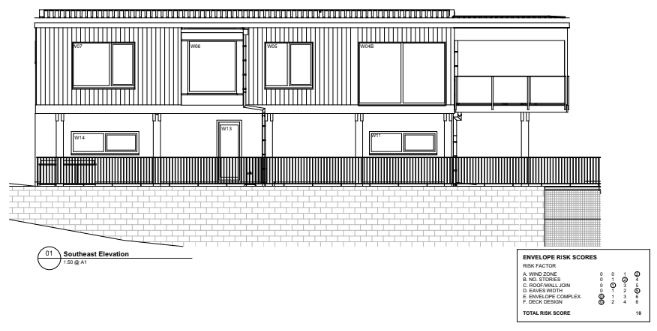
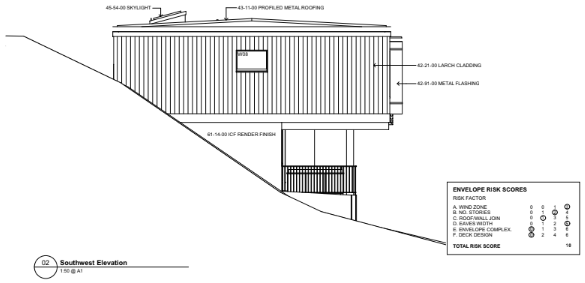
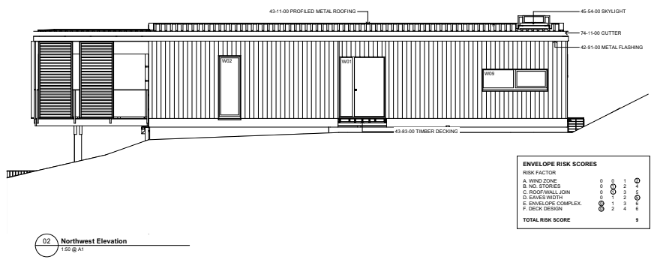
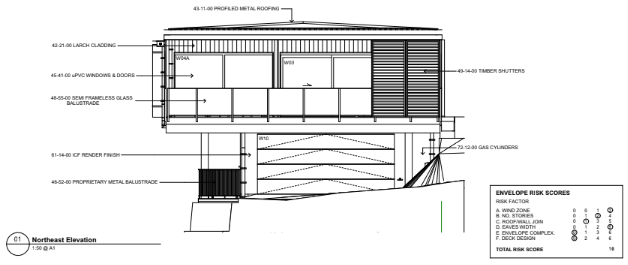

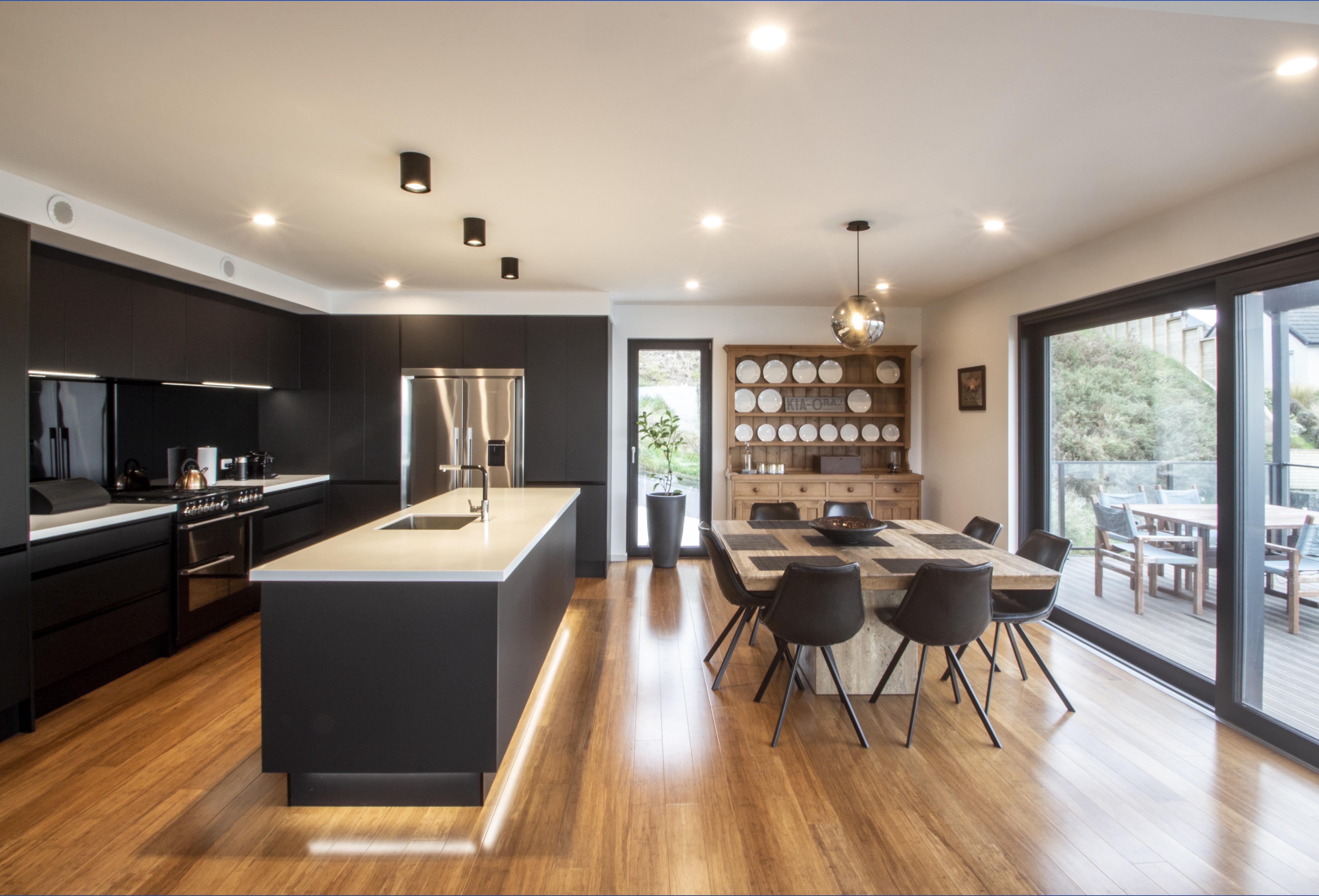
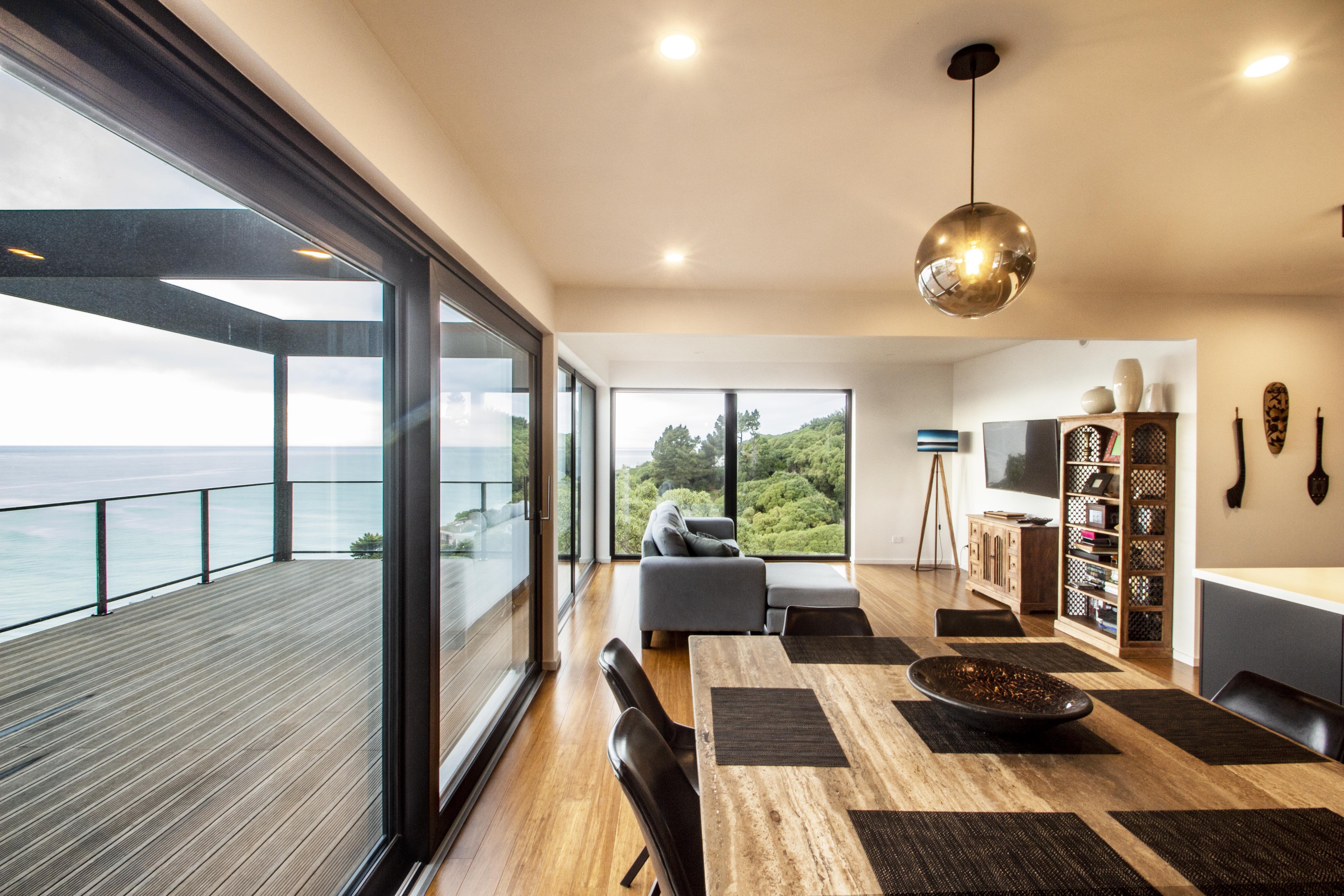
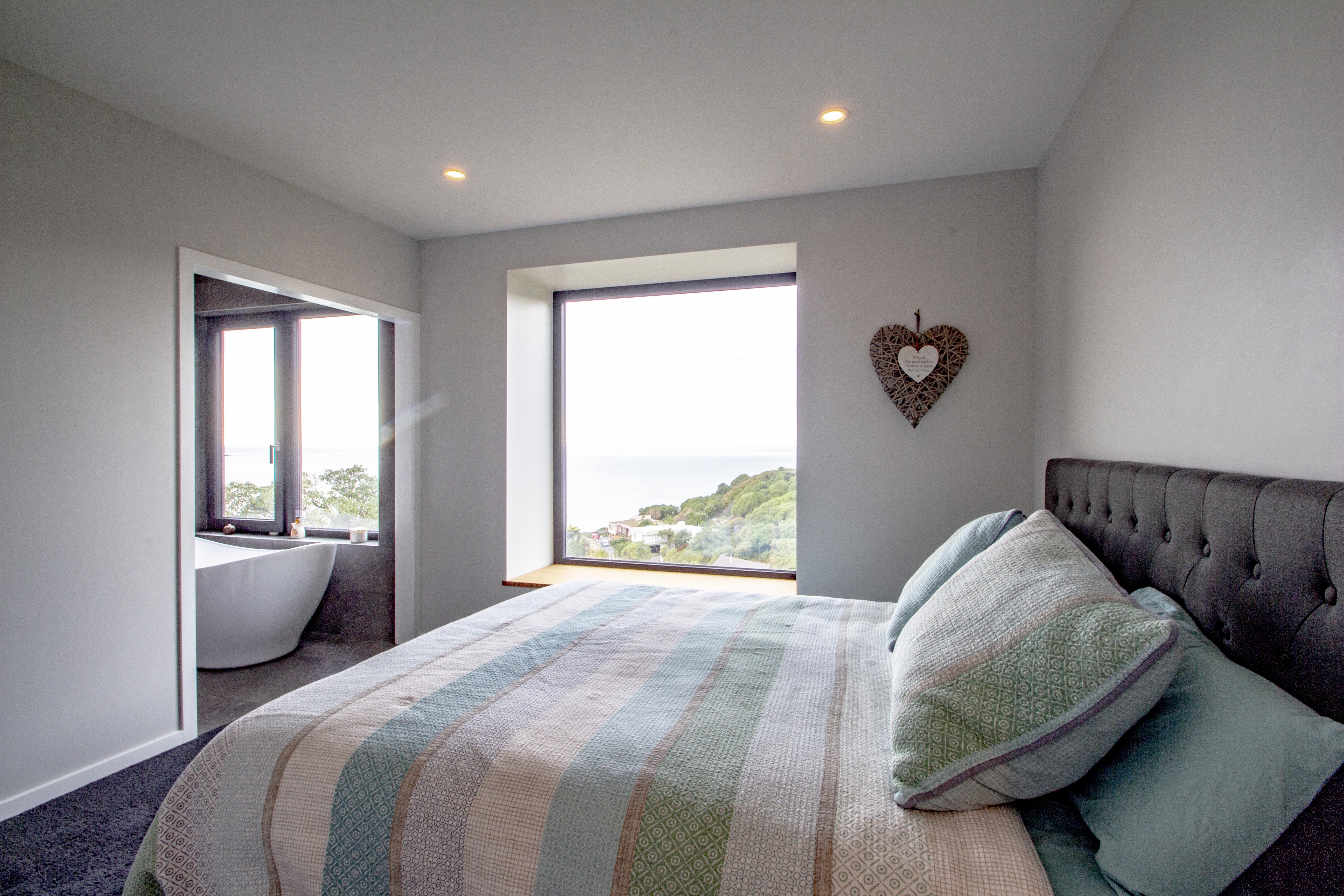
___________________________________________________________________________________________________________________________________________________
Additional Information:
Archipro article on Weekley Residence called “St Clair Certified Passive House” by Architype on Archipro.co.nz.